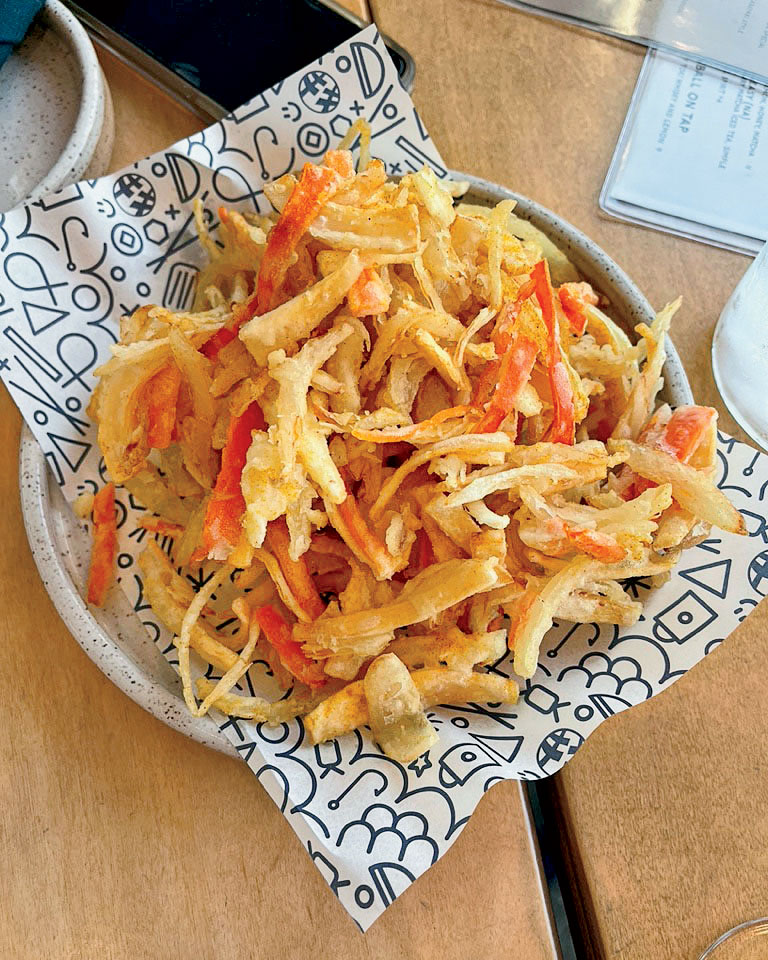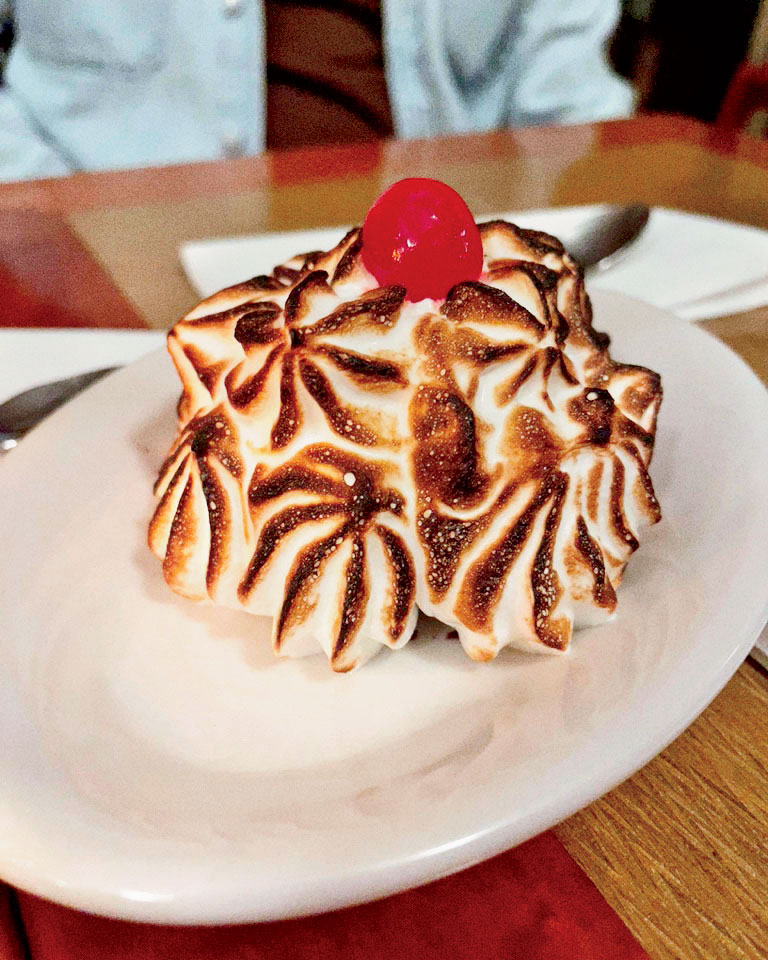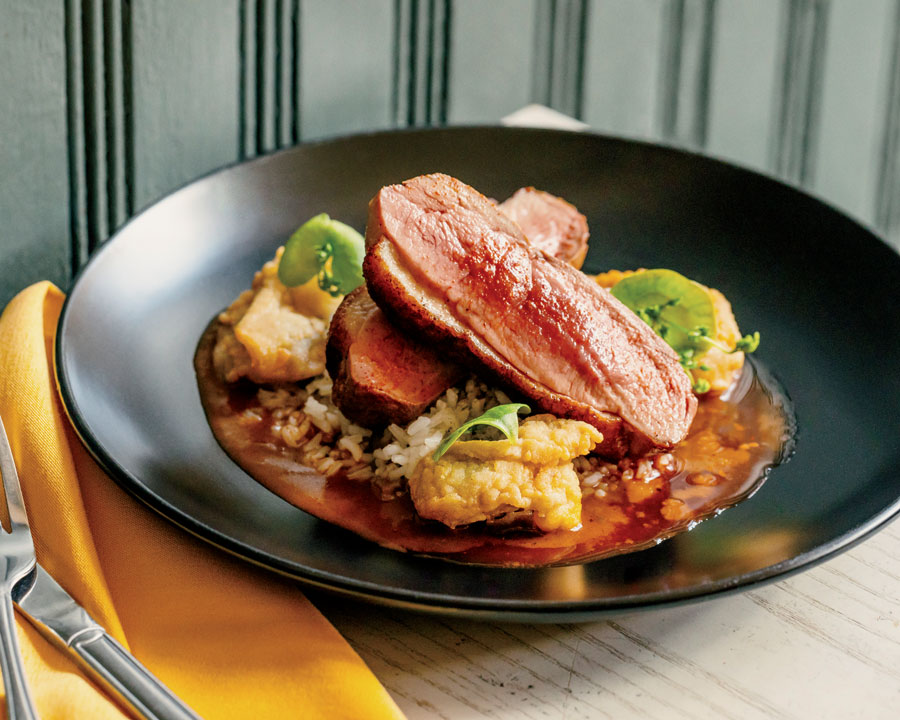Fred, my college roommate, is taking me around College Hill, the bedrock community a few miles north of downtown Cincinnati where he grew up. We drive up Hamilton Avenue, which is showing all the signs of urban re-foodification with a microbrewery, a Latin street food spot, and our destination, Kiki (5932 Hamilton Ave.), a Japanese izakaya. Fred points out what used to be: Here was Dimitrio’s, a sandwich shop that served quintessential Cincy double-deckers; there, the local branch of the famed Ohio ice cream maker Graeter’s; and over here, Brothers Drugs, which had a cathode-ray tube tester up front and a lunch counter in the back.
Fred is amazed by the existence of Kiki on the site of the old College Hill Building & Loan Association, whose logo was on his T-ball uniform. I’m amazed, too, because it’s as good as any casual Japanese restaurant I’ve been to anywhere in the country. Owners Hideki and Yuko Harada (he’s second-gen Japanese American and she’s Japanese) met at culinary school in Osaka and cook with a Japanese technical mastery and a laid-back American sensibility. Their precision-cut toro hand roll set, miraculous heap of greaseless fried kakiage veggies in curry salt, and balanced ryokucha green tea martini all thrill me.
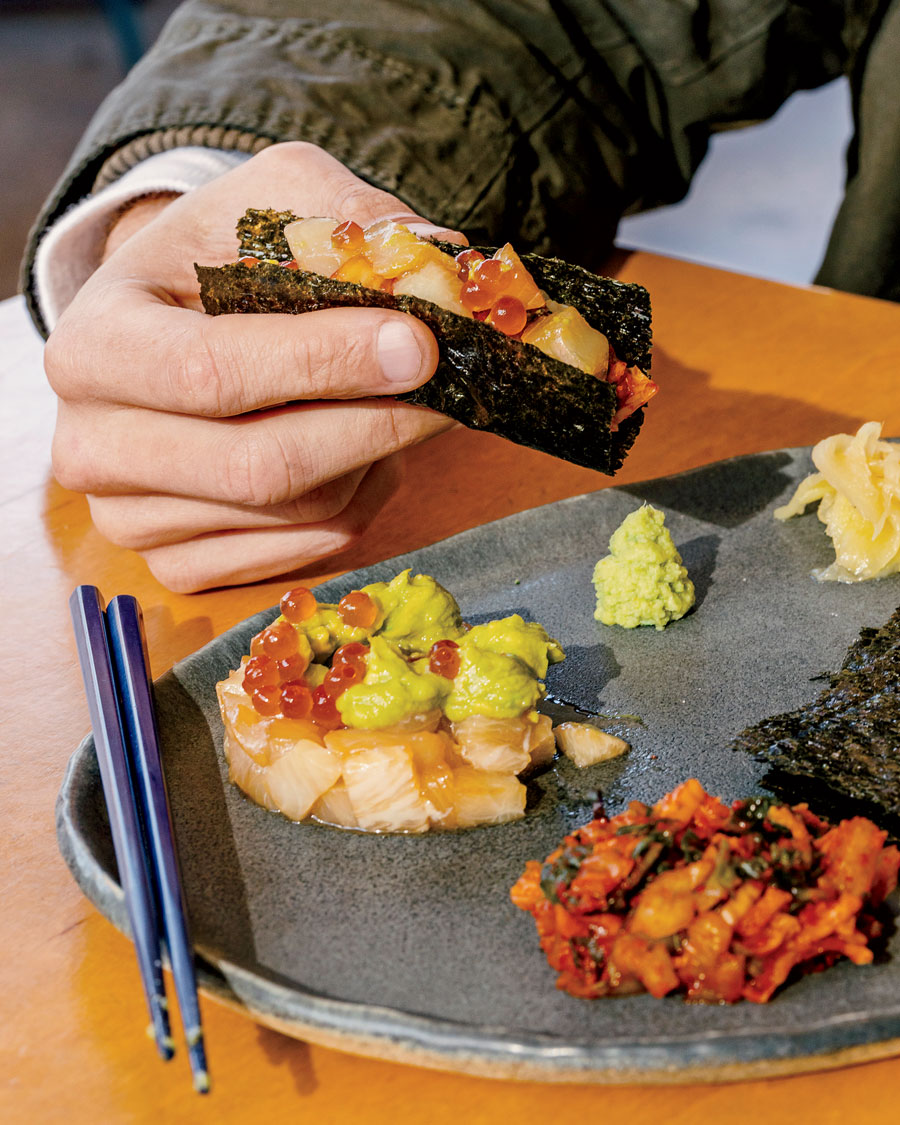
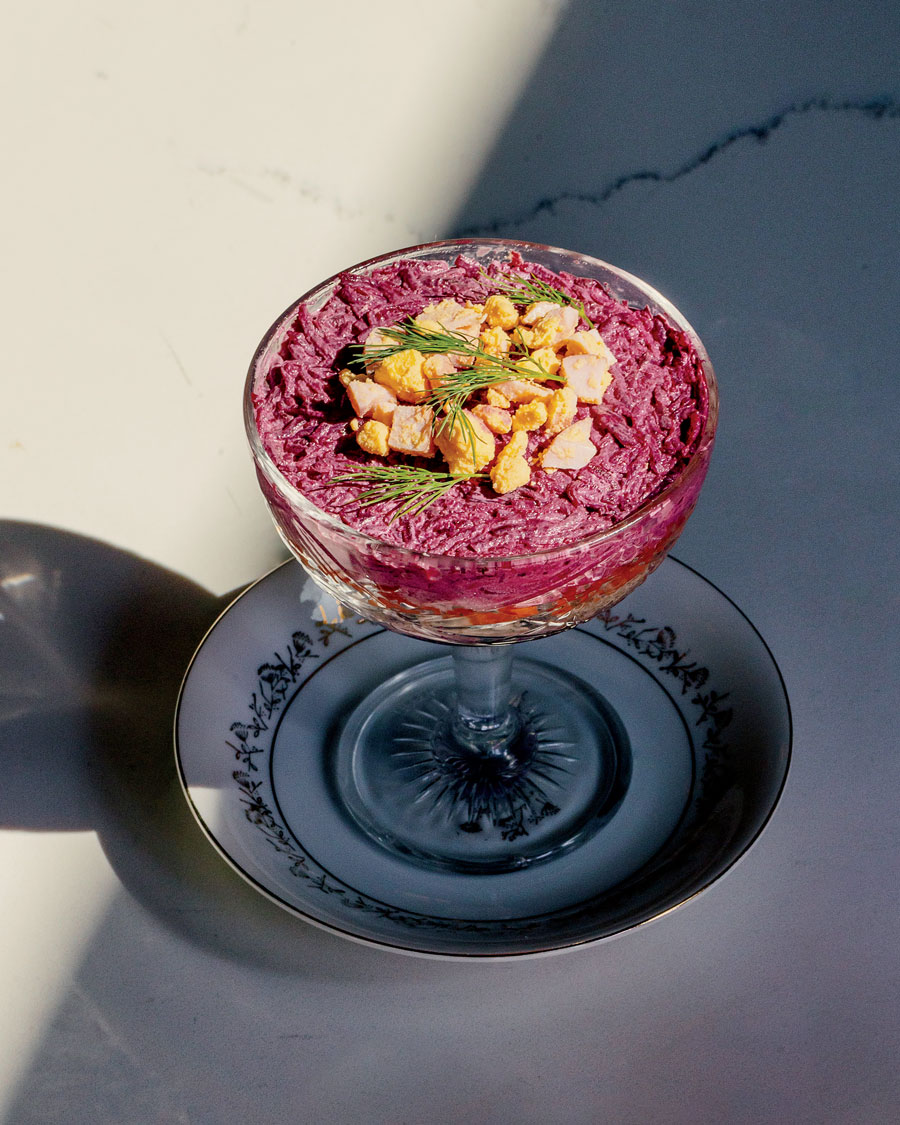
Cincinnati is surprising that way. Over three days, we manage to pop into a number of distinctive, confident, and easygoing restaurants that are giving this insular, seven-hilled town on the bank of the Ohio River its new rep as a food destination. Much of the activity centers on Over-the-Rhine, a neighborhood settled by German laborers that used to be separated from downtown by the Miami and Erie Canal (a.k.a. the Rhine). The canal got filled in, and the Germans moved on, leaving behind a wealth of 19th-century buildings. In the late 1950s, the interstate tore through neighboring West End, displacing more than 25,000 middle-class Black people, who decamped for Over-the-Rhine and were greeted by some of the most egregious redlining in the country. “It was a place you drove through without stopping,” recalls Fred.
Now, after 20 years of concentrated urban redevelopment, it is Chicago’s West Loop and New Orleans’s French Quarter rolled into one — a nonstop-fun zone where street art meets Italianate architecture. During the day, you should explore the food shops of Findlay Market, where you can get a breakfast sandwich at Eckerlin Meats (116 W. Elder St.) made with goetta, Cincy’s answer to scrapple. But it is the evening scene that will make you feel like you’ve entered that part of the multiverse where the locus of cool is on the north bank of the Ohio River.
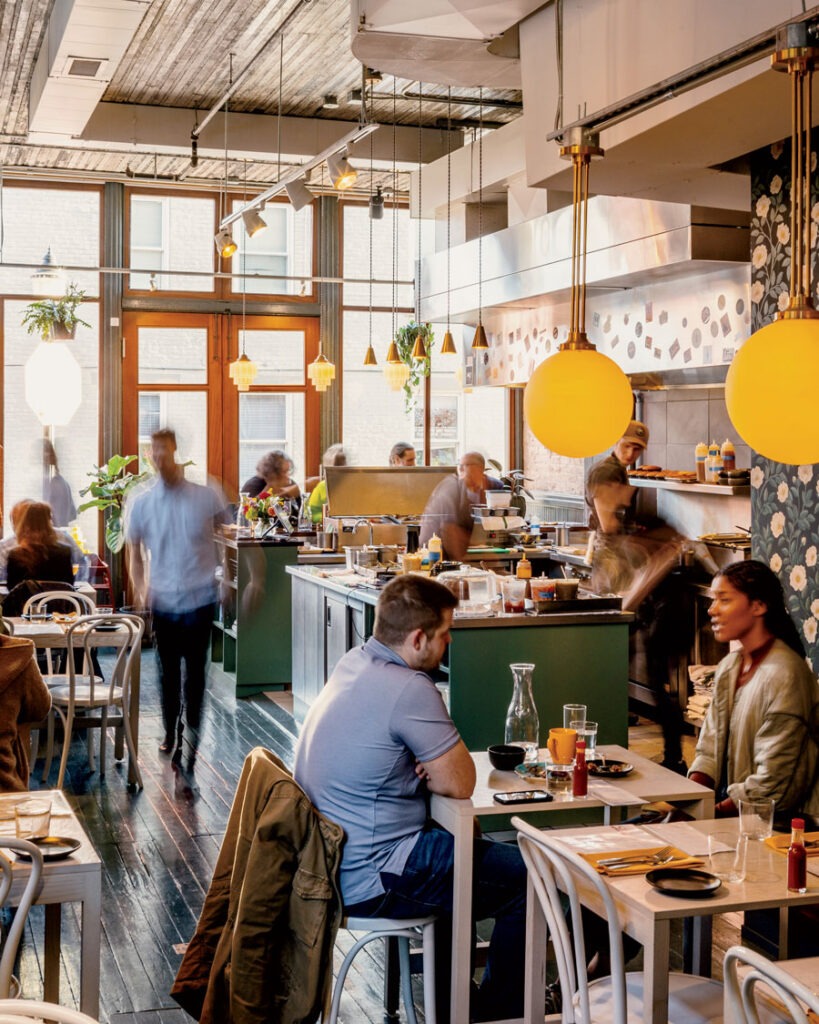
Start at the glorious rum bar Longfellow (1233 Clay St.) with a Shiso Painkiller and plan your night. You might dine at the bar’s sister establishment, Mid-City Restaurant (40 E. Court St.), decorated like a Midwestern knotty-pine rec room and serving a perfectly weird small-plates menu: smelts, a deep-fried yam sandwich with black garlic, and a fun-size maraschino-topped baked Alaska that looks like a vision from your unconscious mind. You could revel in the tapas at Abigail Street (1214 Vine St.), which include deep-fried Broccolini, a miracle of texture, and succulent bay scallops in a rich potato purée. Or you could drop into bar seats at Salazar (1401 Republic St.) for fried oyster sliders and white Burgundy.
Chef Jose Salazar began luring Cincinnatians back to the city center when he launched that spot a decade ago. “I was part of the opening team at Salazar,” says chef Jeff Harris, “and people would call because they were nervous about getting robbed. The transformation to what it is now has been amazing.” Last year, Harris, a New Orleans native, opened Nolia Kitchen (1405 Clay St.), a James Beard finalist for Best New Restaurant, around the corner with a desire to “change the perception of what Black restaurants look like.” This particular one looks like a gorgeous bistro, warmed by that incandescent Edward Hopper light that suffuses Over-the-Rhine. Try Harris’s braised goat with gnocchi, heirloom grits, and duck gumbo, and you’ll see why he’s getting so much attention.
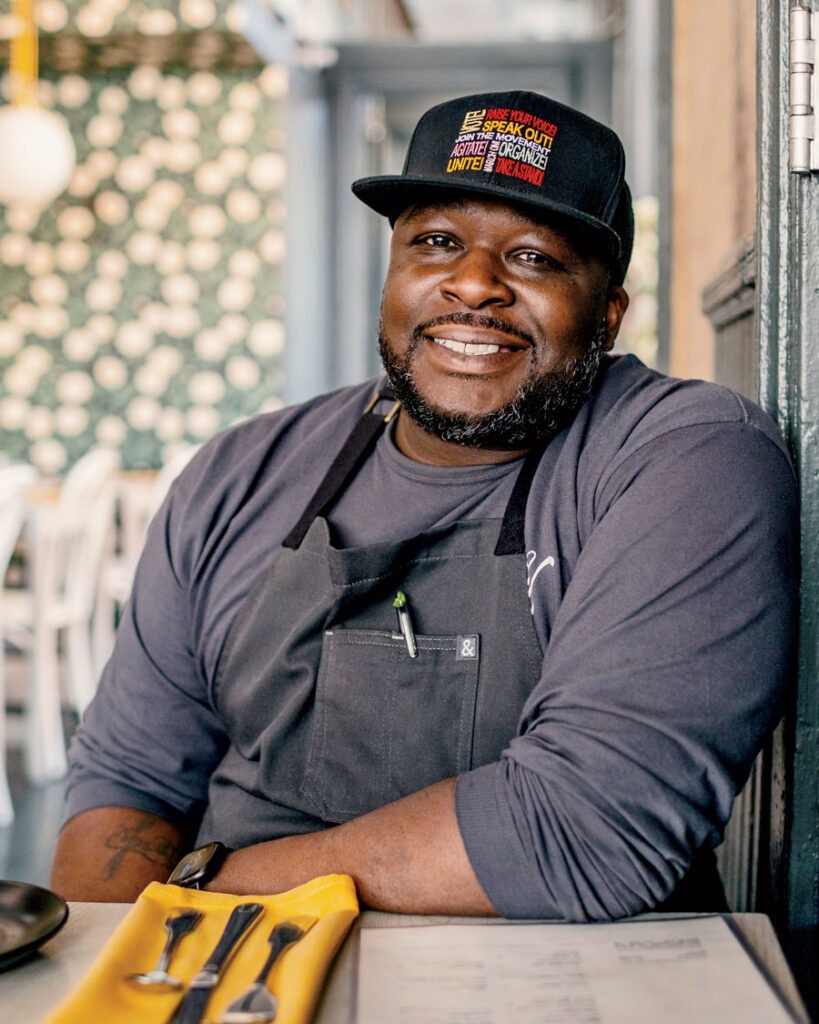
However you plan your OTR crawl, it should end at the moody Wódka Bar (1200 Main St.) for a flight of infused vodkas (sea buckthorn! pepperoncini!) or a crimson Borschtini that contains olive brine and pickle juice. The Slavic food is a bit uneven, but you can’t go wrong with Samosarogi, dumplings in tikka masala sauce.
Get a good local guide like Fred to show you what lies beyond OTR, up and over those hills into other neighborhoods casting off their difficult pasts and rebuilding a city for all. Restaurants, as they do, lead the way.
